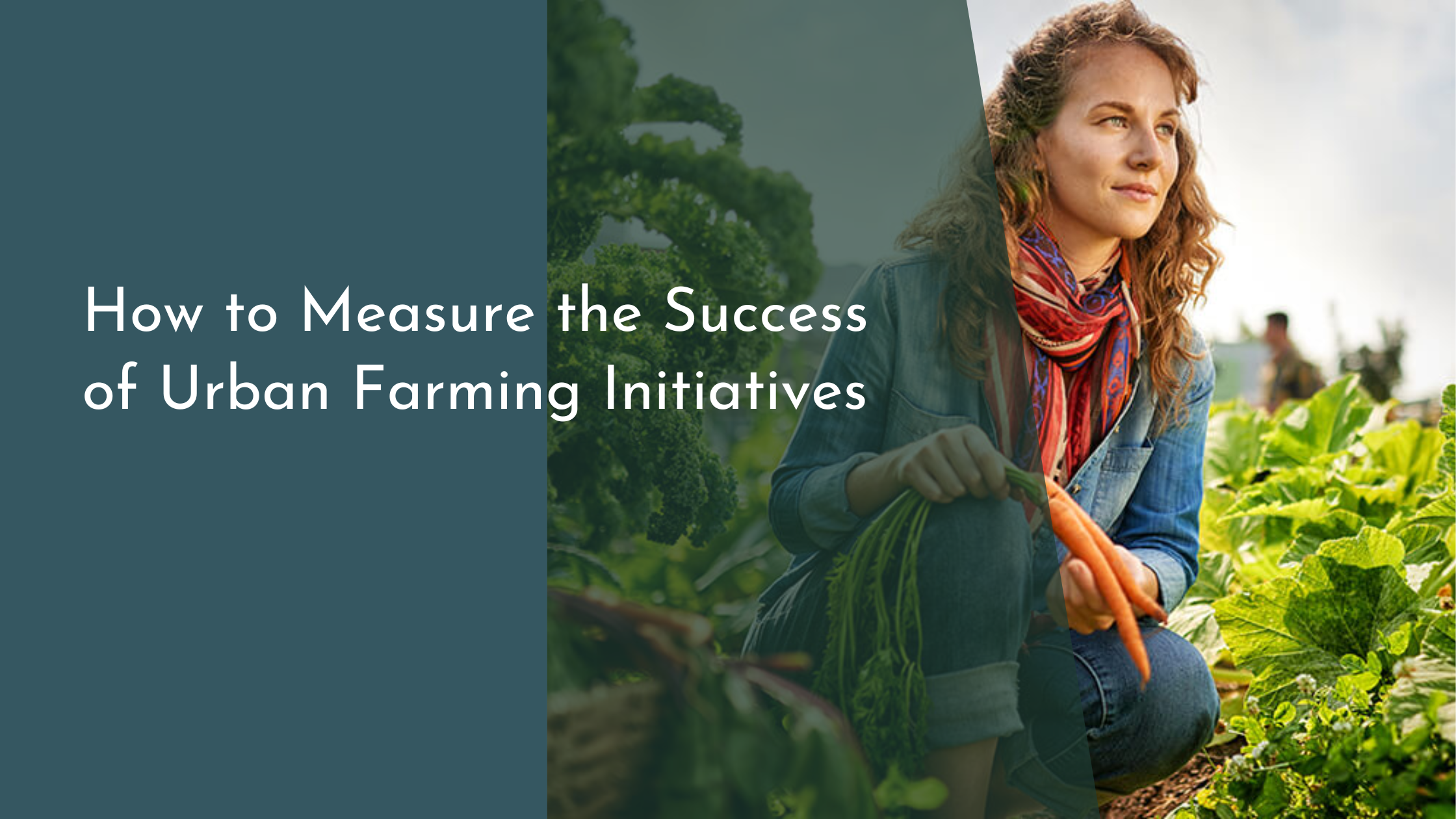How to Measure the Success of Urban Farming Initiatives
Urban farming initiatives have been sprouting up in communities across the globe, offering a green solution to many urban challenges. These projects aim to improve food security, enhance community engagement, and promote sustainable practices within city environments. However, as these initiatives continue to grow, so does the need to understand their effectiveness. Measuring the success of urban farming initiatives is crucial for ensuring they meet their goals, securing funding, and fostering community support. This article delves into understanding the goals of urban farming, identifying key metrics for evaluation, employing tools and methods for data collection, and analyzing and interpreting the results to gauge the impact of these initiatives.
Understanding the Goals of Urban Farming
Urban farming initiatives typically serve multiple purposes, which can vary depending on the community and stakeholders involved. Common objectives include increasing access to fresh produce, reducing the urban carbon footprint, and fostering community connections. Some projects focus on educational goals, teaching participants about sustainable agriculture practices, while others might aim to boost local economies by providing jobs or selling produce at community markets. Understanding these goals is the first step in measuring the success of urban farming efforts, as the metrics used for evaluation must align with the initiative’s intended outcomes.
Moreover, these initiatives often aim to address specific urban challenges, such as food deserts, where access to fresh produce is limited. By identifying and articulating these challenges, stakeholders can set clear, achievable goals for their projects. For instance, an urban farm may aim to produce a certain quantity of vegetables annually or engage a specific number of community members in farming activities. Clear goals provide a framework against which the success of the initiative can be measured, highlighting areas of success and those needing improvement.
Key Metrics for Evaluating Urban Farms
When evaluating urban farming initiatives, it’s essential to establish key performance indicators (KPIs) that reflect the unique goals of each project. Common metrics include the volume of produce grown, the number of participants or volunteers engaged, and the level of community involvement. Environmental impact measures, such as reductions in food miles or improvements in biodiversity, are also crucial indicators of success. Economic metrics might include revenue generated from produce sales or the number of jobs created within the community.
In addition to quantitative metrics, qualitative measures are equally important for capturing the broader impact of urban farming initiatives. These might involve surveys or interviews to assess participants’ satisfaction, changes in community cohesion, or improvements in local food knowledge. By combining both quantitative and qualitative data, stakeholders can gain a comprehensive understanding of their project’s success and areas for growth.
Tools and Methods for Data Collection
Accurate data collection is vital for effectively measuring the success of urban farming initiatives. Several tools and methods can be employed to gather this information, including digital platforms and mobile apps designed for farming operations. These tools can help track produce yield, monitor environmental conditions, and record volunteer hours. Moreover, Geographic Information Systems (GIS) can offer spatial data insights, helping to analyze patterns and impacts across different urban areas.
Engaging the community in data collection can also be an effective strategy, fostering a sense of ownership and involvement. For instance, participants could contribute to citizen science projects, gathering data on plant health or pest presence. Tools like online surveys and social media platforms can facilitate feedback collection, providing valuable insights into the community’s perception of the initiative. Combining technology and community engagement offers a robust approach to gathering comprehensive data for analysis.
Analyzing and Interpreting the Results
Once data is collected, the next step is analyzing and interpreting the results to assess the success of urban farming initiatives. Data analysis might involve statistical methods to examine trends or patterns in produce yield, participation rates, and other key metrics. Visualization tools such as charts and graphs can help present the data in an accessible manner, making it easier for stakeholders to understand the outcomes and impact of the farming efforts.
Interpreting the results involves more than just looking at numbers; it requires connecting the data to the original goals outlined at the project’s inception. For example, a significant increase in produce yield can be interpreted as a success in terms of food production, but if participant engagement has not increased, it may indicate a need to focus more on community involvement. By comparing the data against the set goals, stakeholders can identify areas where the initiative is thriving and where adjustments may be necessary to maximize impact.
Measuring the success of urban farming initiatives is a multifaceted process that requires a clear understanding of goals, the establishment of relevant metrics, effective data collection, and thorough analysis. By focusing on these elements, urban farmers and stakeholders can ensure their projects not only thrive but also contribute positively to the community and the environment. As urban farming continues to evolve, ongoing evaluation and adaptation will be key to achieving sustainable success and meeting the ever-changing needs of urban communities.

